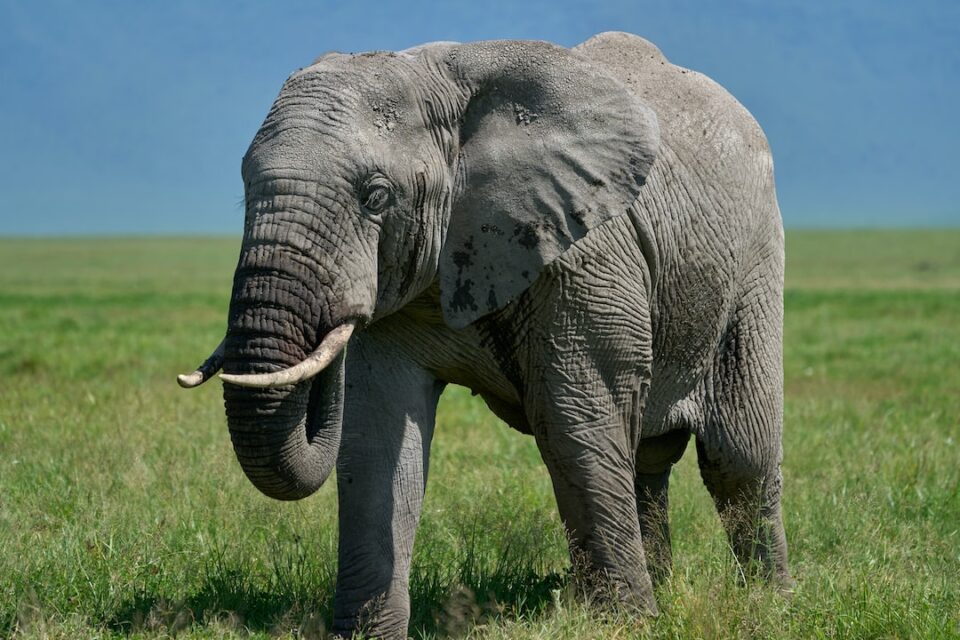7 Bizarre Animal Defense Mechanisms
Nature never ceases to surprise us, especially when it comes to the remarkable and bizarre ways animals have evolved to protect themselves. From deadly toxins to disguises that would put a spy to shame, these creatures have adapted unique defense mechanisms to survive in their respective environments. Let’s delve into the fascinating world of 7 bizarre animal defense mechanisms.
1. The Pangolin’s Armor: Known as the world’s most trafficked mammal, the pangolin is a master of defense. Its entire body is covered in overlapping keratin scales, forming an impenetrable armor against predators. When threatened, this elusive creature curls into a tight ball, giving predators no chance to reach its delicate underbelly, which is its only vulnerable spot.
2. The Mimic Octopus: This cunning cephalopod possesses the amazing ability to copy the appearance and behavior of other animals. When threatened, it can mimic dangerous creatures such as lionfish, sea snakes, or even jellyfish, fooling predators into thinking it is a threatening opponent. The mimic octopus takes camouflage to a whole new level, making it a true master of disguise.
3. The Bombardier Beetle’s Chemical Warfare: If you encounter a bombardier beetle, beware of its secret weapon! When threatened, it releases a boiling hot mixture of chemicals, including hydrogen peroxide and hydroquinone, from its abdomen. This concoction creates a violent explosion as it comes into contact with catalysts within the beetle’s body. The resulting toxic spray, ejected through a specialized nozzle, serves as a potent deterrent against predators.
4. The Horned Lizard’s Blood-Squirting Strategy: This little lizard is certainly not to be trifled with. When attacked by predators, the horned lizard can shoot a stream of blood from its eyes, which can reach up to five feet away. The blood, laced with a deterrent taste, can cause predators to reel back, enabling the lizard to escape. This bizarre defense mechanism, known as auto-hemorrhaging, leaves even the fiercest predator bewildered.
5. The Hagfish’s Slime Attack: The hagfish has a slimy secret that makes it almost untouchable. When agitated or attacked, it secretes a massive amount of slime that forms a thick, sticky coating around its body. This slime not only acts as a lubricant, allowing the hagfish to elude predators’ grip, but it also clogs the gills of predators, making it difficult for them to breathe. The predator is left helpless, while the hagfish slips away to safety.
6. The Honey Badger’s Fearlessness: The honey badger, famously known as the “world’s most fearless animal,” doesn’t rely on any particular physical attribute or disguise. Instead, it is its unmatched aggression and tenacity that serves as its ultimate defense mechanism. This ferocious creature is known to take on adversaries many times its size, including lions and even adult African buffalo. The honey badger’s fearless attitude and “don’t mess with me” demeanor have earned it a reputation as a true survivor.
7. The Malaysian Exploding Ants: Last but not least, we have the Malaysian exploding ants, which take self-sacrifice to a whole new level. When their colony is threatened, these tiny ants contract their bodies, causing them to explode. The explosion releases a sticky, toxic substance that acts as a deterrent against predators. This grim but effective defense mechanism ensures the survival of their colony, even at the cost of singling out a few individuals.
These seven bizarre animal defense mechanisms showcase the awe-inspiring strategies nature has devised to ensure the survival of its creatures. From camouflage and chemical warfare to disguises and slime attacks, these creatures have mastered the art of self-preservation. Nature’s creativity knows no bounds, and it is through these remarkable adaptations that life manages to thrive against all odds.

